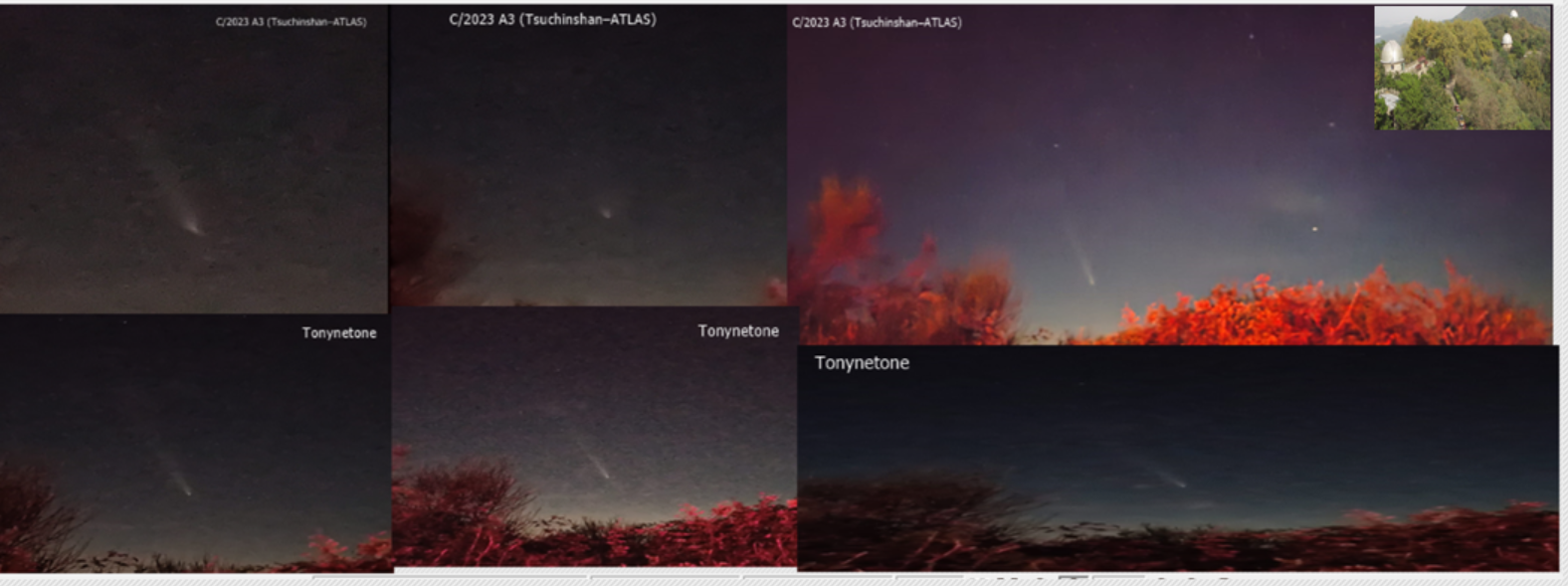VIDEO - HOW DID NAZISM RETURNED TO UKRAINE? BY 1654, UKRAINE WAS A LITTLE KINGDOM IN THE MIDDLE OF NOWHERE IN EASTERNMOST EUROPE. THE RUSSIAN EMPIRE MADE IT BIGGER WITH THE RUSSIAN TZARS ADDING TERRITORY. BASICALLY, UKRAINE AND RUSSIA ARE THE SAME, SAME ORIGINS, SAME PEOPLE, SAME CULTURE AND SAME LANGUAGE. AFTER THE RUSSIAN REVOLUTION OF 1917, UKRAINE BECAME ONE OF THE SOVIET REPUBLICS THAT FORMED THE SOVIET UNION. THE SOVIET UNION ADDED MORE RUSSIAN TERRITORY TO THE SOVIET REPUBLIC OF UKRAINE. AFTER WORLD WAR 2, STALIN GAVE UKRAINE MORE LAND TAKEN FROM HITLER AND EVEN IN 1954, THE SOVIET LEADER NIKITA KHRUSHCHEV CEDED CRIMEA TO UKRAINE. CRIMEA IS VERY IMPORTANT FOR RUSSIA, BEING THE HEADQUARTERS OF THE RUSSIAN NAVY BLACK SEE FLEET, BUT IN 1954 IT DIDN'T MATTER, UKRAINE WAS PART OF THE SOVIET UNION AND CRIMEA REMAINED SOVIET. UKRAINE IS SOMEHOW TWO COUNTRIES: THE EASTERN HALF IS RUSSIAN SPEAKING AND THE PEOPLE ARE RUSSIANS BUT IN THE WESTERN UKRAINE, THE LANGUAGE IS SLIGHTLY DIFFERENT AND PEOPLE FEEL MORE "EUROPEAN". HITLER INVADED RUSSIA FROM THE WEST BY UKRAINIAN TERRITORY. WESTERN UKRAINIANS RECEIVED THE NAZIS AS 'LIBERATORS' AND COOPERATED WITH HITLER. AFTER VICTORY OVER NAZISM, HITLER'S IDEOLOGY STAYED IN UKRAINE BUT UNDERGROUND. WHEN THE SOVIET UNION DISINTEGRATED IN 1991, UKRAINE BECAME AN INDEPENDENT COUNTRY BUT IT WAS SUPPOSED TO REMAIN NEUTRAL, AS A BUFFER ZONE BETWEEN RUSSIA AND THE COUNTRIES OF NATO. UKRAINE WOULD NOT BE PART OF NATO OR THE EUROPEAN UNION. IN 2014, UNDER OBAMA, THERE WAS A SOROS' (C.I.A. & U.S.) INSPIRED AND FUNDED "COLOR REVOLUTION" IN UKRAINE, NAZIS CAME OUT OF THE CLOSET, THE NEW GOVERNMENT TRIED TO ERADICATE EVERY FOOTPRINT OF RUSSIAN CULTURE FROM UKRAINE, INCLUDING THE USE OF THE RUSSIAN LANGUAGE AND THE BANNING OF THE RUSSIAN ORTHODOX CHURCH. RUSSIAN SPEAKING PEOPLE WERE SUBJECT OF TORTURE AND IMPRISONMENT. RUSSIAN PEOPLE IN THE EAST, REVOLTED AGAINST THE KIEV GOVERNMENT IN A SECESSION MOVEMENT AND CIVIL WAR. EVENTUALLY, RUSSIA ENTERED THE WAR TO RETAKE WHAT WAS RUSSIA BEFORE, RECOGNIZING THE REBEL REGIONS AS PART OF THE RUSSIAN FEDERATION AND DOING A REFERENDUM TO RETURN CRIMEA UNDER RUSSIAN SOVEREIGNTY. YOU ALREADY KNOW THE REST OF THE STORY.
VIDEO - HOW DID NAZISM RETURNED TO UKRAINE? BY 1654, UKRAINE WAS A LITTLE KINGDOM IN THE MIDDLE OF NOWHERE IN EASTERNMOST EUROPE. THE RUSSIAN EMPIRE MADE IT BIGGER WITH THE RUSSIAN TZARS ADDING TERRITORY. BASICALLY, UKRAINE AND RUSSIA ARE THE SAME, SAME ORIGINS, SAME PEOPLE, SAME CULTURE AND SAME LANGUAGE. AFTER THE RUSSIAN REVOLUTION OF 1917, UKRAINE BECAME ONE OF THE SOVIET REPUBLICS THAT FORMED THE SOVIET UNION. THE SOVIET UNION ADDED MORE RUSSIAN TERRITORY TO THE SOVIET REPUBLIC OF UKRAINE. AFTER WORLD WAR 2, STALIN GAVE UKRAINE MORE LAND TAKEN FROM HITLER AND EVEN IN 1954, THE SOVIET LEADER NIKITA KHRUSHCHEV CEDED CRIMEA TO UKRAINE. CRIMEA IS VERY IMPORTANT FOR RUSSIA, BEING THE HEADQUARTERS OF THE RUSSIAN NAVY BLACK SEE FLEET, BUT IN 1954 IT DIDN'T MATTER, UKRAINE WAS PART OF THE SOVIET UNION AND CRIMEA REMAINED SOVIET. UKRAINE IS SOMEHOW TWO COUNTRIES: THE EASTERN HALF IS RUSSIAN SPEAKING AND THE PEOPLE ARE RUSSIANS BUT IN THE WESTERN UKRAINE, THE LANGUAGE IS SLIGHTLY DIFFERENT AND PEOPLE FEEL MORE "EUROPEAN". HITLER INVADED RUSSIA FROM THE WEST BY UKRAINIAN TERRITORY. WESTERN UKRAINIANS RECEIVED THE NAZIS AS 'LIBERATORS' AND COOPERATED WITH HITLER. AFTER VICTORY OVER NAZISM, HITLER'S IDEOLOGY STAYED IN UKRAINE BUT UNDERGROUND. WHEN THE SOVIET UNION DISINTEGRATED IN 1991, UKRAINE BECAME AN INDEPENDENT COUNTRY BUT IT WAS SUPPOSED TO REMAIN NEUTRAL, AS A BUFFER ZONE BETWEEN RUSSIA AND THE COUNTRIES OF NATO. UKRAINE WOULD NOT BE PART OF NATO OR THE EUROPEAN UNION. IN 2014, UNDER OBAMA, THERE WAS A SOROS' (C.I.A. & U.S.) INSPIRED AND FUNDED "COLOR REVOLUTION" IN UKRAINE, NAZIS CAME OUT OF THE CLOSET, THE NEW GOVERNMENT TRIED TO ERADICATE EVERY FOOTPRINT OF RUSSIAN CULTURE FROM UKRAINE, INCLUDING THE USE OF THE RUSSIAN LANGUAGE AND THE BANNING OF THE RUSSIAN ORTHODOX CHURCH. RUSSIAN SPEAKING PEOPLE WERE SUBJECT OF TORTURE AND IMPRISONMENT. RUSSIAN PEOPLE IN THE EAST, REVOLTED AGAINST THE KIEV GOVERNMENT IN A SECESSION MOVEMENT AND CIVIL WAR. EVENTUALLY, RUSSIA ENTERED THE WAR TO RETAKE WHAT WAS RUSSIA BEFORE, RECOGNIZING THE REBEL REGIONS AS PART OF THE RUSSIAN FEDERATION AND DOING A REFERENDUM TO RETURN CRIMEA UNDER RUSSIAN SOVEREIGNTY. YOU ALREADY KNOW THE REST OF THE STORY.










